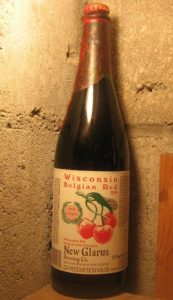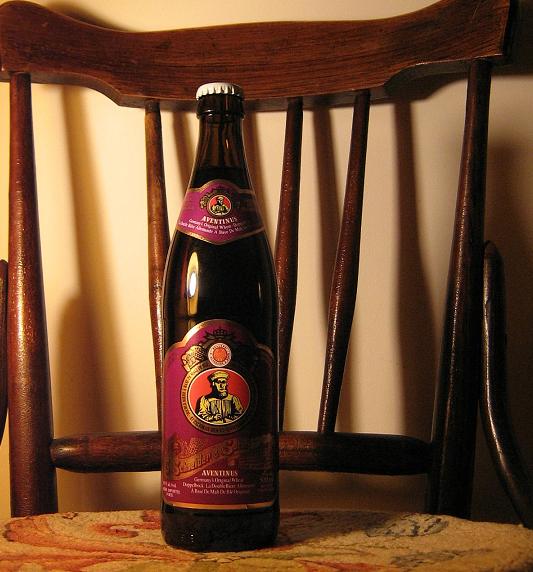You ever wonder why the reference you find after two and a half years took two and a half years to find? Look at this:
Their best Liquors are Fiall, Passado, and Madera Wines, the former are sweetish, the latter a palish Claret, very spritely and generous, two shillings a Bottle; their best Ale is made of Wheat Malt, brought from Sopus and Albany about threescore Miles from New-York by water; Syder twelve shillings the barrel; their quaffing liquorsare Rum-Punch and Brandy-punch, not compounded and adulterated as in England, but pure water and pure Nants.
This is a description of the drinking habits of the Dutch population of the Hudson Valley of New York from page 35 of a journal published in 1670. It was written by Daniel Denton and was called A Brief Description of New York: formerly called New Netherlands, with the places thereunto adjoining. So in addition to the 1649 legal ordinance barring brewing with wheat during a crop collapse and the 1749 reference by a traveling scientist to the malting of wheat, we have not only confirmation that wheat ale was brewed but it was the best to be had. The description by Denton is particularly trustworthy as it is incidental to other cultural references about the Dutch, particularly about their smoking and drinking habits. There is another reference to beer in his writing, too, that is quite revealing. It sits in this passage about the freedoms being enjoyed in the newish New York:
Here those which Fortune hath frowned upon in England, to deny them an inheritance amongst their brethren, or such as by their utmost labors can scarcely procure a living—I say such may procure here inheritances of lands and possessions, stock themselves with all sorts of cattle, enjoy the benefit of them whilst they live, and leave them to the benefit of their children when they die. Here you need not trouble the shambles for meat, nor bakers and brewers for beer and bread, nor run to a linen-draper for a supply, every one making their own linen and a great part of their woolen cloth for their ordinary wearing.
There you go. Freedom loving prosperous newly absorbed New Yorkers making their own wheat ale and bread from good malt grown around Albany over 100 years before the American Revolution.
So who is going to brew some up? Are there any mid-1600 Dutch guides to household management that include brewing techniques?



